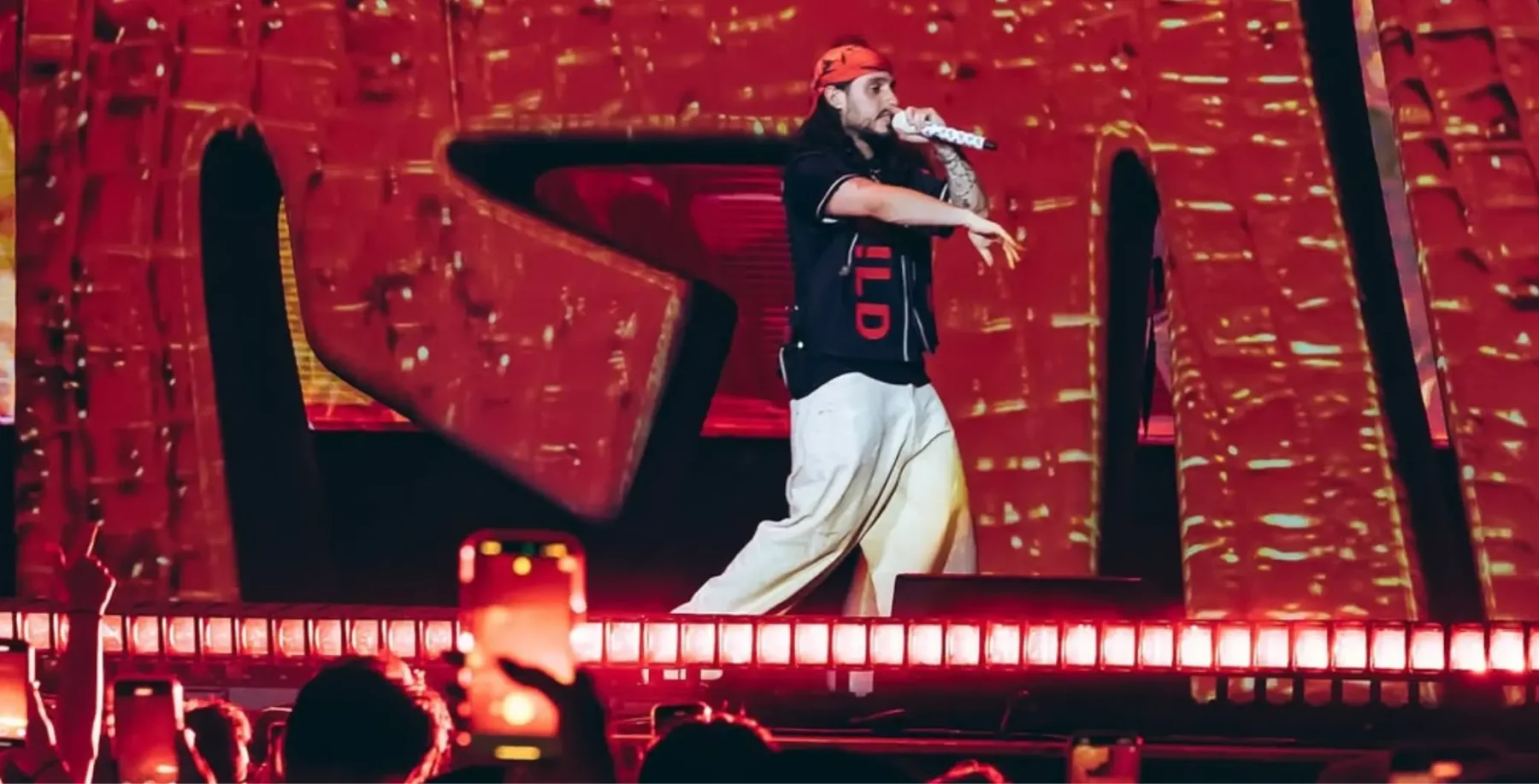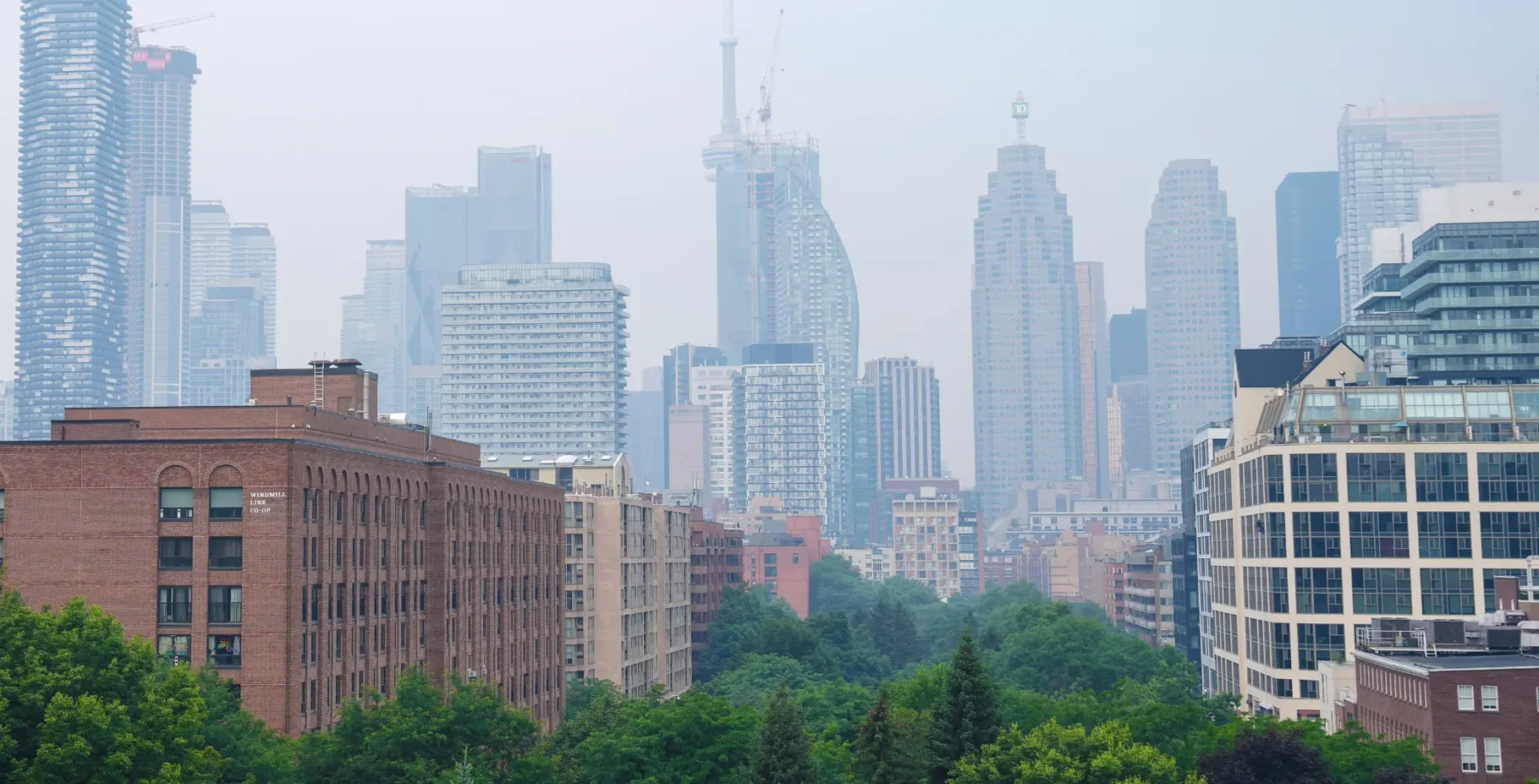
Rating: NNNNN
many urbanists are shocked that police are sinking resources into a silly and futile anti-graffiti campaign that makes them the arbiters of what is aesthetically pleasing.It’s a one-sided cleanup, many say, where intrusive corporate advertisements are untouchable and only the brushstrokes of young people are targeted.
“Economics are determining what is a valid form of public expression,” says Dave Meslin of the Toronto Public Space Committee, a grassroots lobby group. “It seems corporations have as much access to public space as they want, while independent expression is repressed.”
Ivan Kalmar, an anthropology professor specializing in pop culture at the University of Toronto, believes police should consider the art value of graffiti. “These are works of art,” he says. “Some are good, others are really bad — like all art.”
Graffiti, he says, has to be seen as a battleground between young artists and authority. “It’s an act by young people to inscribe themselves on the public space. And that act proves irritating to those wanting to control that public space. It’s a matter of democracy,” says Kalmar, adding that he can sympathize with both the artists and the cops. “But I do take issue with those who think it’s a serious criminal act.”
Allyson Mitchell, a PhD candidate in women’s studies at York University, extensively researched the role lesbian graffiti plays in establishing community. She worries that the anti-graffiti campaign will stifle already marginalized groups.
“Graffiti art is about the politics of people bubbling under the surface,” says Mitchell, who occasionally does graffiti herself. “It is especially useful for those who are trying to find their own counterculture. It’s a way to mark territory in a really positive way.”
In a cityscape papered with advertisements, Mitchell finds the odd defaced bus shelter poster empowering. Jeans ads featuring scrawny models with “feed-me” scrawled over them are examples of “positive” graffiti, she says.
“It makes me feel good to see people challenging the corporate landscape with a strong feminist voice that you just don’t hear every day.”
Police spokespeople, however, don’t appear to put much stock in these arguments. “We want Toronto to be safe, clean and magnificent,” says staff sergeant Heinz Kuck of 53 Division. “We want to erode the mystique of this mysterious (graffiti) subculture so young generations would find it less desirable,” he says.
Kuck notes that pieces commissioned by businesses are still allowed. “There exists lawful graffiti-style work. Let the people with talent exploit it and get paid for an honest, hard day’s work,” he says, though he adds that “graffiti-style” murals are discouraged.
Characterizing the various forms of graffiti as “hiphop tags, gang-oriented, anarchist, hate-crime-oriented and satanic-cult-oriented,” Kuck says about 80 per cent of mailboxes in Toronto are “tagged.”
While he doesn’t have any stats on the cost of the cleanup program in Toronto, Kuck points out that similar programs in the U.S. last year cost $7 billion U.S. “What a waste,” says Kuck. “I’d rather take that kind of cash and put it toward social programs. I put out a challenge to your readership,” he continues. “If they don’t like the arrests and enforcement, then I invite them to sit down with me to help come up with a better solution.”
City councillor Jack Layton calls the initiative to increase arrests “a bit over-zealous. Colourful murals in back lanes and laneways are kind of cool. Some can be quite gorgeous. Graffiti art can take dreary places and make them neat.”
Judy Schwartz, curator at the Hart House Gallery, points out that prominent artists including Keith Haring and Michael Snow (who sculpted the frieze at the Skydome) made their debuts by thrusting their art into the public. “Pop art makes use of public venues to bring art to the people,” says Schwartz. “There is a fine line between defacement of property and art. Who’s going to draw that line?”












